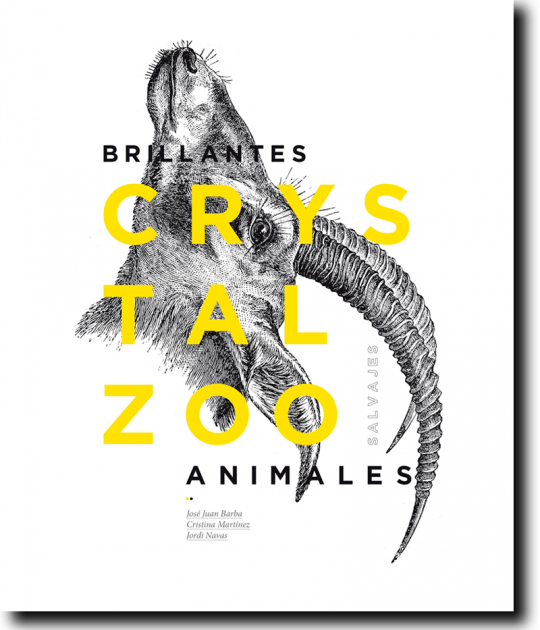Description of the project by CrystalZoo
This intervention in the heritage takes advantage of the energy that old buildings have being a part of the collective memory, while transforming current situations or activities. In this way, “La Seu” is reinvented and invigorated, establishing a dialogue between each stage of its evolution.
The project proposes the introduction of a worm structure, able to equip the building with new technologies and services, creating new spaces as well. This new structure is wreathed on itself, materializing an air volume above the entrance of the old San Rafael school and enabling new sea views from the hills of La Nucía. The new architecture channels circulatory flows, expanding the possibilities of social exchange that its location gives to the whole.
The system is able to expand and colonize the pine forest through programmatic annexes (plug-ins), or mutate, housing new facilities and services (updates). But it is also allowed the occupation of other gaps or equipment, establishing an effective strategy of intervention in an environment which is already consolidated and it is necessary to strengthen and to define its own public, democratic and open identity.
Recyclable interior design
The building is set in an old school which was built during the Second Spanish Republic in the 30s. The university “La Seu” is located in a free-standing building centered on a block that is closed peripherally by railings, on drywall.
“La Seu” opens onto a square that gave entrance to the old school, that it has also been recovered, integrating the building in its environment, following the premise of respecting the most of the existing architectural complex, but at the same time adapting it to contemporary needs.
Past and present
The project has supposed the reinvention of an existing building, respecting its heritage value and architectural design, but adding a new architectural element able to equip the building according to new requirements. Past and present, far from being antagonistic elements, become respectful partners that fight for the same goal: an alive and coherent architecture with its time.
To achieve this coexistence, CrystalZoo has adopted a unique solution: a worm structure able to equip the building with new technologies and services, creating a system that twists on itself and moves towards the entrance of the old school, for materializing in an air volume that it manages to appropriate the city and enjoy its landscapes, taking them in its common spaces.
Reorganization of spaces
Both the ground and top floors, the configuration of space is intended to create the feeling that it is a building within another building, two buildings coexisting together in the same space. The main entrance element encompasses the reception area and it leads to offices, staff rooms and auditorium.
The new circulation space is the responsible for guiding occupants, marking the route through the main facade, breaking it, in the way that the new building emerges, allowing the enjoyment of a privileged view of the Mediterranean Sea and Ponoch Mount from the first floor, where classrooms are located.
Urban recycling
The idea of recycling prevails in the conception and development of the whole project, and also, part of the initial approach of recycling versus a structural construction of a new building that encompasses the university “La Seu”.
The choice of materials also follows recycling and integration principles, using wood predominantly. In the specific case of pavement, it is industrial parquet flooring which comes from wastes of manufacturing noble floors.
Two differenced zones
The university is clearly divided in two areas: the enlarged and the renovated zones. In the enlarged area, the exterior finishes are characterized by white concrete, heavily textured, shuttering using wood of several thicknesses that are reused inside in order to give continuity to the shape of the building, moving the facade to interior spaces.
The choice of materials of the rehabilitated area responds to the respect of the history of the building, so it retains the original and recovered exterior masonry.


















































![10 Architecture Studios Led by women [XII] 10 Architecture Studios Led by women [XII]](/sites/default/files/styles/mopis_home_featured_block_desktop/public/2025-03/metalocus_10-arquitectas-xi_01b.jpg?h=3b4e7bc7&itok=HeMnE4WM)



















